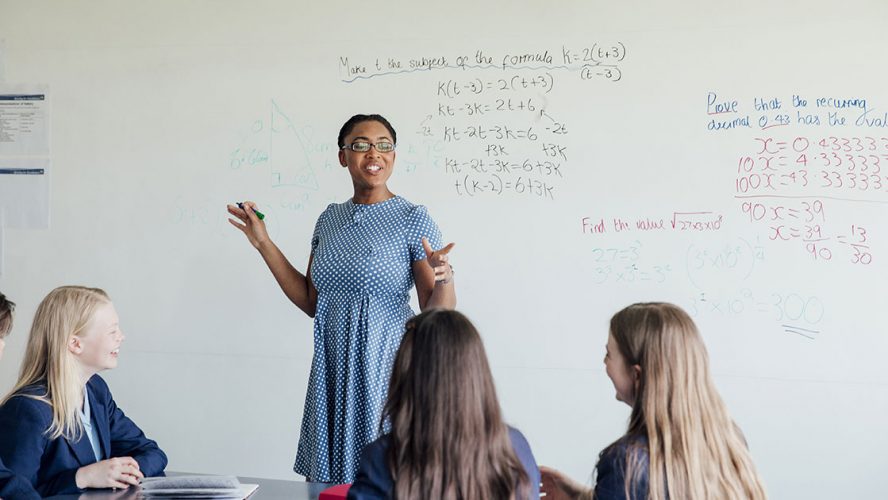
Richard Culatta
CEO, ISTE
Technology is transforming our lives and our schools. Last year, we reached a landmark with 98 percent of classrooms connected to the internet.
I’ve long believed that technology is one of the most powerful tools to improve learning and close equity gaps in education. I’m not alone in this thought: According to a report from Common Sense Media, 96 percent of teachers believe educational technology increases student engagement in learning. But just putting tech in school doesn’t make much of a difference.
The secret sauce is in preparing teachers to use technology in ways that improves learning and empowers students. Shockingly, the same report indicates that 43 percent of teachers say they haven’t received the training they need to use technology effectively in the classroom. This isn’t a problem just for veteran teachers — 3 out of every 5 new teachers say their teacher preparation programs didn’t train them adequately to use technology in their future classrooms.
Providing resources
Closing the gap for classroom teachers and those in teacher prep programs is essential. The focus must be on showing teachers how to redesign learning experiences to help kids become empowered learners, global collaborators and contributing digital citizens.
That’s why it’s a critical time for education organizations to work together to close this gap. The International Society for Technology in Education (ISTE.org) is taking several initiatives to make a difference.
ISTE has created a certification program with our network of partner organizations to help prepare in-service teachers to use technology effectively. This is the first national-level, vendor-neutral tech certification for teachers.
Additionally, we’re partnering with employers to better understand the tech skills students will need in their future jobs. For example, through a collaboration with General Motors, ISTE has created new professional development resources to close the gap on what educators need to know about artificial intelligence.
Finally, we’re collaborating with education experts to bring teachers bite-size professional development on topics like personalized learning, digital citizenship and computational thinking via our ISTE online professional learning hub. Courses are co-developed with Google and provide educators with tools and strategies to teach this critical competency even in early education.
There’s more to be done, and it starts by asking the right questions: Are teachers getting professional development on how to use the devices provided? How are they supported in the selection of apps and tools? If you’re a teacher, get started by learning more about the standards for learning and teaching in a digital world.



